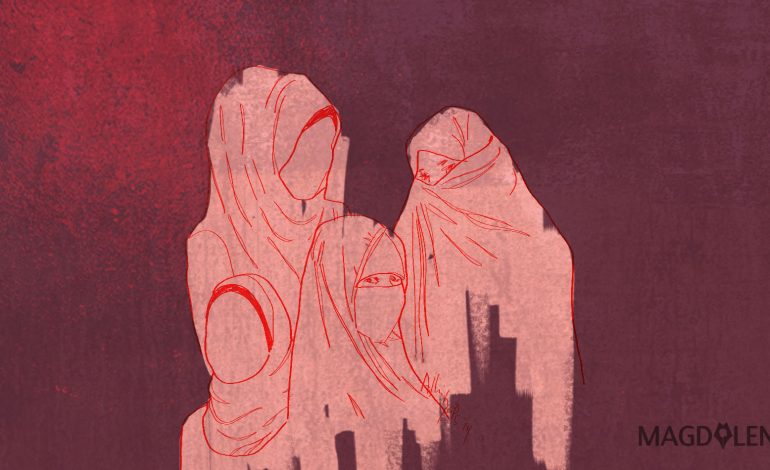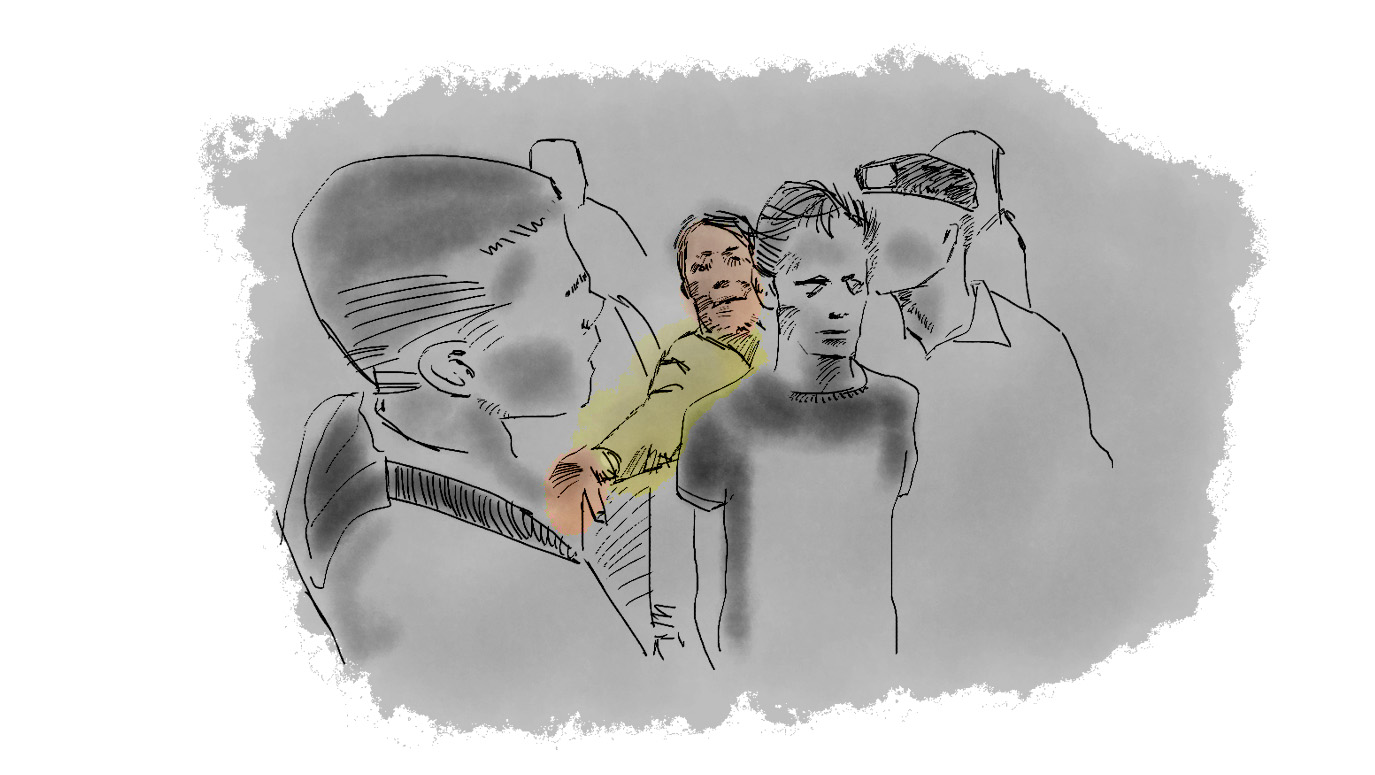The Hijab Phenomenon

Sociologist Peter Berger argues that far from being in decline in the modern world, religion is actually experiencing a resurgence. One of the simplest examples of the religious resurgence is the appearance of religious symbols and expressions in public area. In Indonesia – which, although not an Islamic country, has the world’s largest Muslim population – the number of women wearing hijab has been continuously on the increase, especially after the 1998 Reforms.
There are two verses in Quran that refer to the obligation to wear hijab. The first verse is al-Ahzab 33:59 and the second is an-Nur 24:31. One side of the argument is that these verses reflect the socio-political background at the times of their writing. Both of these verses are also related to slavery. The limit of aurat (the part of the body that should be protected from sight) for female slaves was similar with man, from navel to knee. Hijab was at the time used to distinguish free women from female slaves, thus protecting them from being molested by the “hypocrites.”
The question for hijab-wearing women then is whether they truly understand the reasons and the meaning behind the religious obligation to cover themselves. Hijab and any religious symbol should not be regarded as a fashion or a popular culture phenomenon. They should all be seen in their own contexts.
All photos by Daud Sihombing, a 25 years old photographer who is continuing his studies at the Center for Religious and Cross-cultural Studies at Universitas Gadjah Mada, Yogyakarta. Most of his photographs are influenced by his curiosity and interest in religious and cultural issues.






















